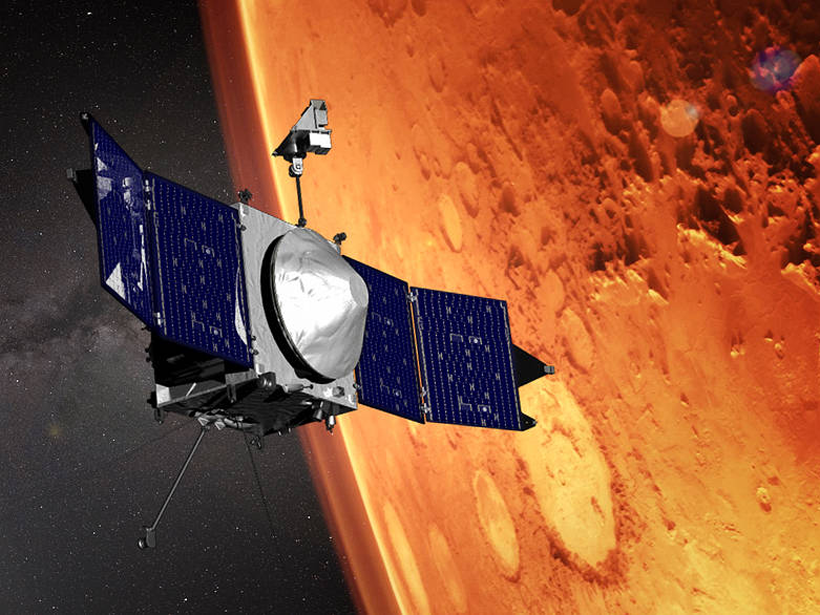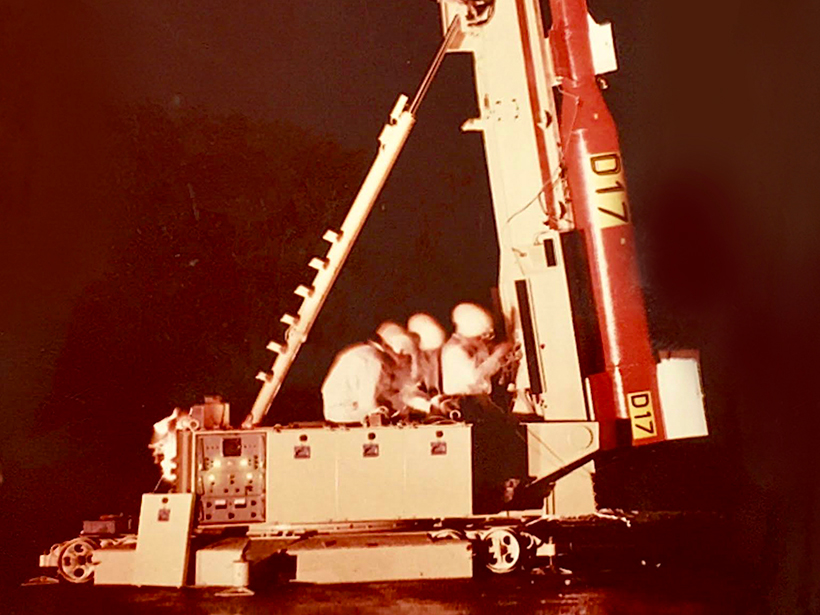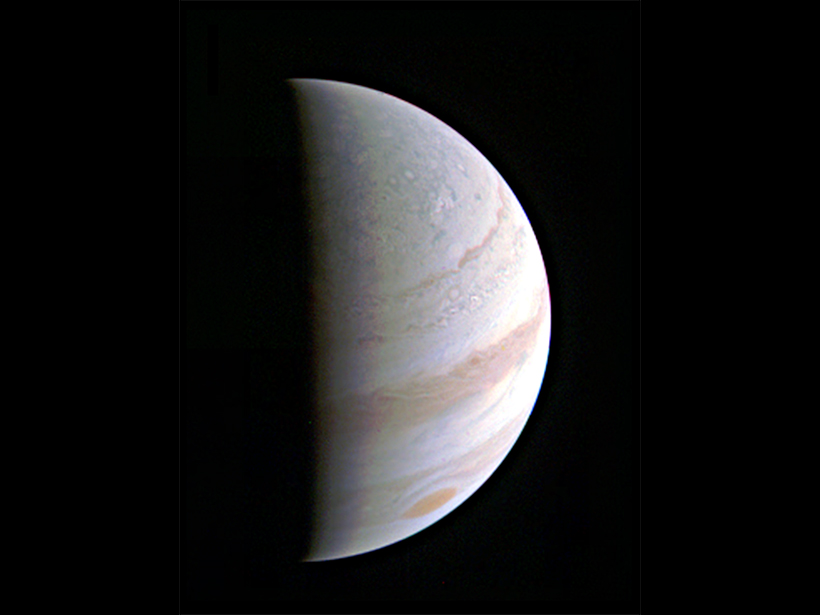Scientists demonstrate the capabilities and limitations of the mathematical model used to calculate solar irradiance using measurements from NASA’s Mars Atmosphere and Volatile Evolution (MAVEN).
spacecraft
What to Expect from Cassini's Final Views of Titan
Cassini will fly close to Saturn's largest moon one last time. Here's a look back at what the spacecraft has revealed and ahead to scientists' final close glimpses of the moon.
New Images of Pan, Saturn's Walnut Moon, in Unprecedented Detail
The finely detailed images can help future scientists study small bodies with weak gravity.
New Report Details How NASA Could Land on Europa
A team of scientists laid out extensive details about a hypothetical future landing mission to find life on Jupiter's moon.
Martian Mantle Models Pave the Way for NASA's InSight Lander
The most detailed simulations to date of how heat flows through Mars's interior are good news for the upcoming lander and will help scientists interpret its data.
Seeking Signs of Life and More: NASA’s Mars 2020 Mission
The next Mars rover will be able to land near rugged terrain, giving scientists access to diverse landscapes. It will also cache core samples, a first step in the quest to return samples to Earth.
Retracing the First Spaceborne Electric Field Measurement
Fifty years ago, a sounding rocket made history by taking the first measurement of an electric field in space. What techniques were used to capture this data?
Schiaparelli Lander Likely Crash-Landed on Mars
After its thrusters shut off prematurely, the European Space Agency's newest lander probably crash-landed from 2–4 kilometers above the surface.
Rosetta Spacecraft Death-Dives into Comet Companion—On Purpose
On the way to its demise, the probe intimately viewed a dust-spewing pit and measured close up the gravity field, temperature, and other features of the comet.
Juno Makes Closest Ever Orbit of Jupiter
NASA plans to release more pictures soon, including views of the planet's atmosphere and its north and south poles, all in unprecedented detail.










